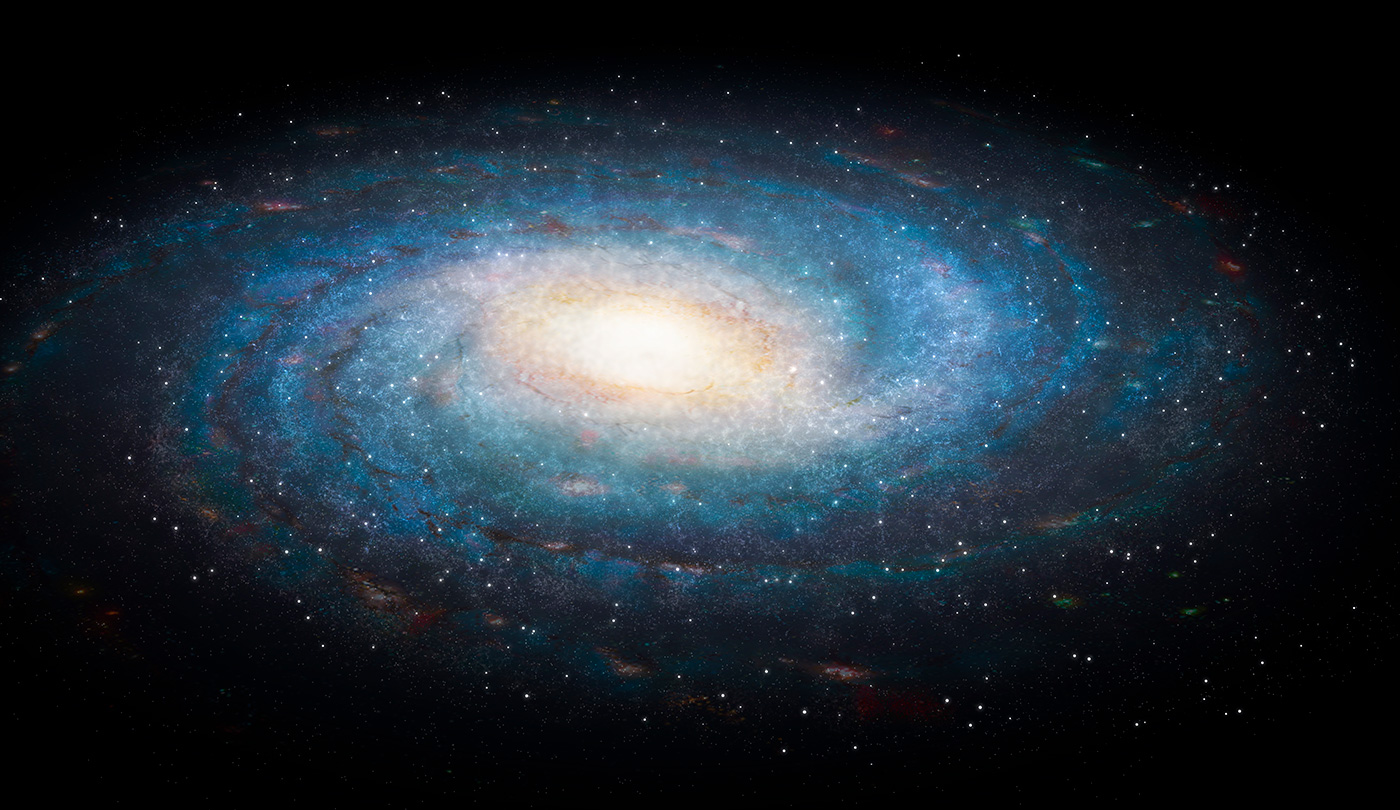Earth’s journey through the Milky Way could help create the first continents on our planet. According to a new study, comets could actively bomb the Earth whenever the young Solar system passed through the spiral arms of our galaxy. At the same time, these passages helped form the continental crust of our planet, according to researchers in Geology.

Previous theories suggested that such impacts from space could play a role in the formation of the hard surface of the Earth. But until now, there have been few studies explaining exactly how our planet got solid land. To look into the past, geologist Chris Kirkland from Curtin University in Australia together with colleagues studied geological structures known as cratons. These remnants of the Earth’s ancient continental crust are among the oldest rocks on the planet.
The team measured the chemical composition of more than 2,000 pieces of rock using materials from cratons in Australia and Greenland. The team found that the new crust is formed by “jumps” at approximately equal intervals of time – 200 million years.
This discovery coincided with the frequency with which the Earth passes through the spiral arms of the Milky Way. The solar system orbits the center of the galaxy slightly faster than the spiral arms move. Therefore, our planet periodically passes through them. Perhaps these cosmic encounters, where there is a denser amount of gas and dust, influenced the young planet, the team suggests. It was in this zone that the Solar System began to attract to itself a large amount of cosmic material, which subsequently accumulated on the periphery. Then some of these comets approached the inner part of the Solar System and provoked collisions with the Earth and other planets.
How the Earth’s crust was formed
Billions of years ago, the Earth was mostly covered by oceans with a small amount of land. But the energy released when colliding with comets could tear apart the planet’s existing oceanic crust — a relatively dense rock that has existed since the early days of Earth’s history — and throw out a large amount of material on impact to the surface. The researchers suggest that the released magma naturally split into a denser part — the predecessor of the oceanic crust — and a lighter one, which later turned into the continental crust.
In the future, Kirkland and his colleagues hope to analyze lunar rocks to find the same pattern of crust formation. The scientist believes that our nearest celestial neighbor could face the same periodic bombardments as the Earth.
Earlier we reported on how the death of dinosaurs caused a double Armageddon.
According to ScienceNews
Follow us on Twitter to get the most interesting space news in time
https://twitter.com/ust_magazine
